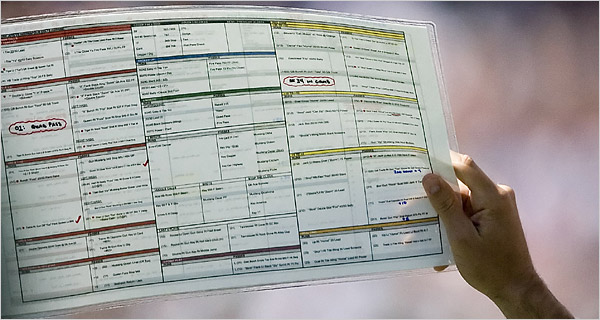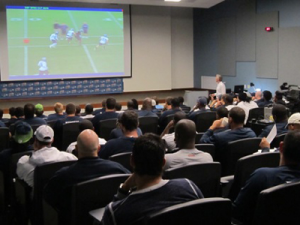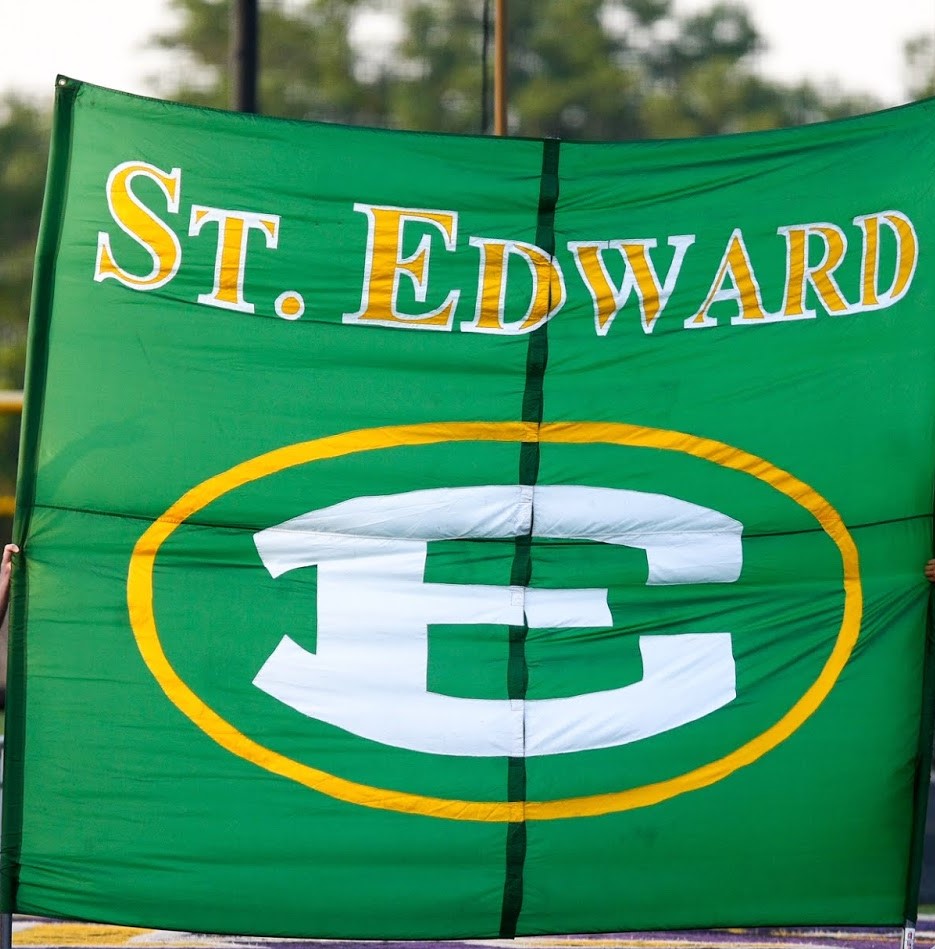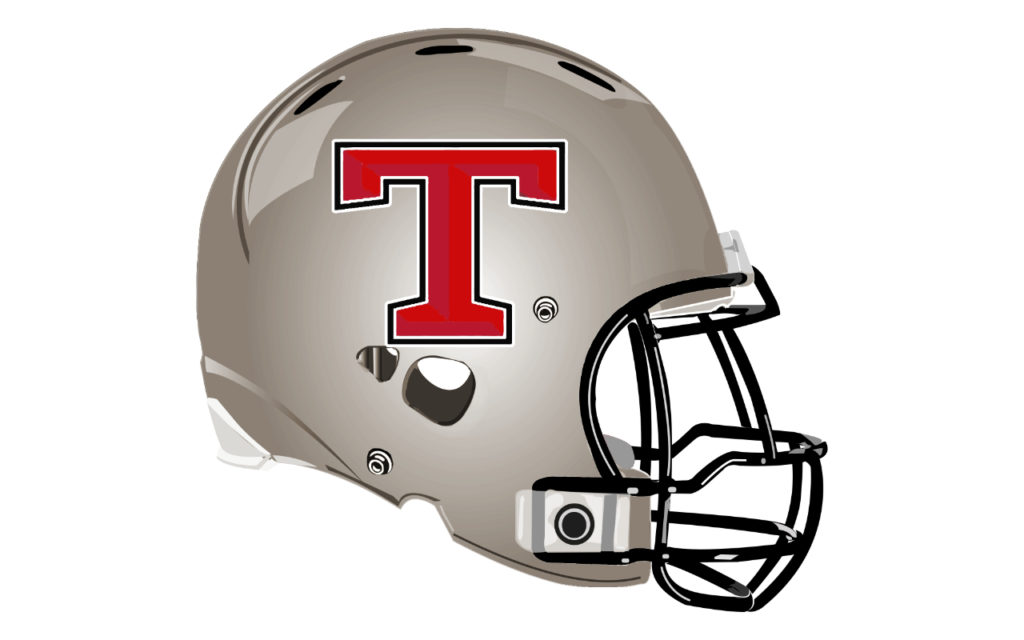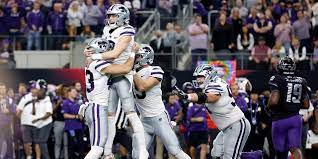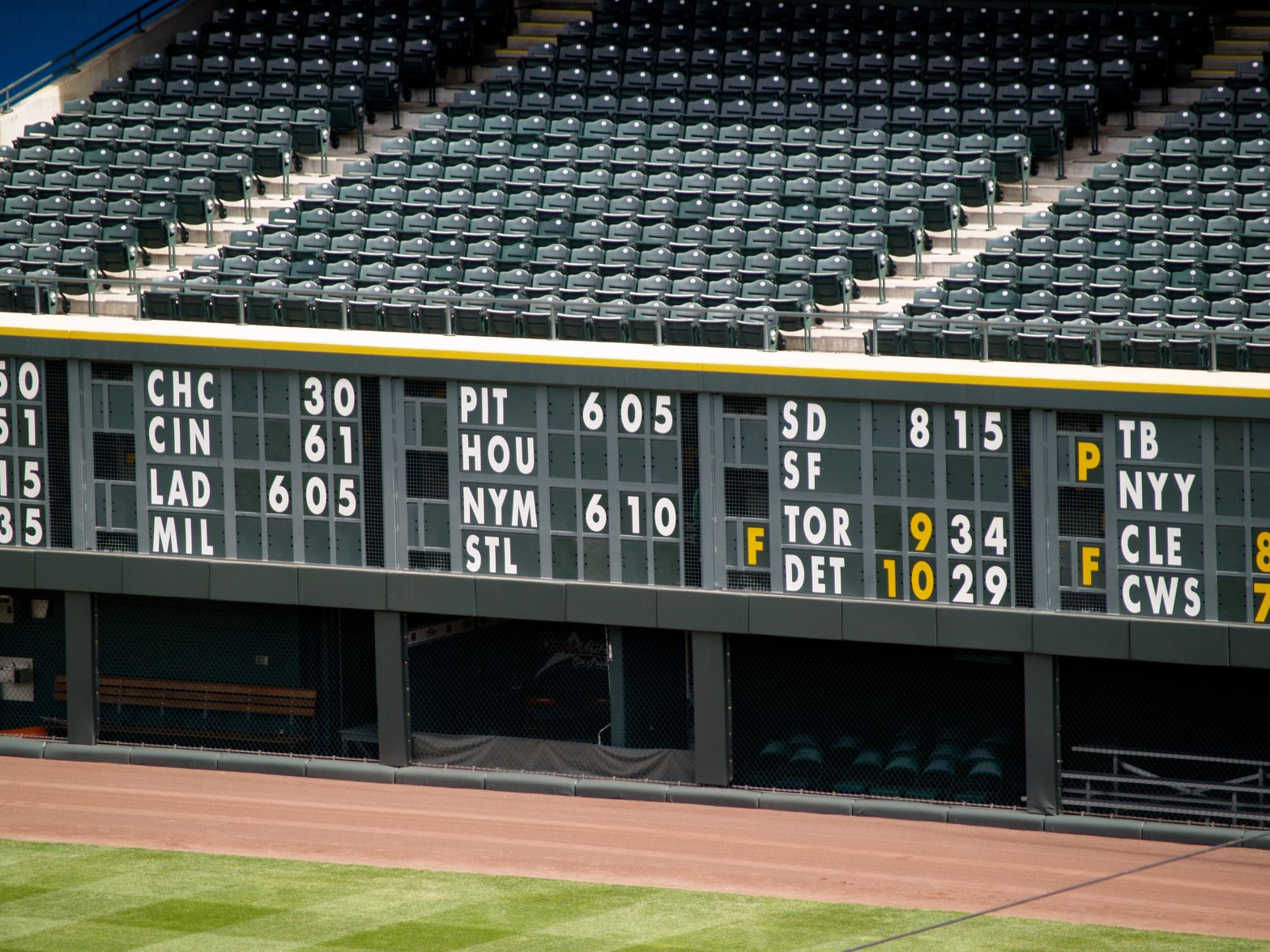Graphite Awards Announced – Most Efficient Play Callers in College Football
RII Sports Technology announced its first annual 2022 Graphite Award winners recognizing the most efficient offensive play-caller in each Division I football conference. Each year RII Sports Technology analyzes play-by-play data for all Division I FBS and FCS football programs and assesses the degree to which offensive play callers made decisions that best aligned their team’s strengths with their opponent’s weaknesses. This assessment is quantified in a Play Calling Efficiency Ratio (PCER) – a measure of how frequently a play caller puts their team in advantageous strength-on-weakness positions while minimizing the number of times they operate from a disadvantage.
Tom Woods, RII Sports Technology’s founder, explained – “This award is about recognizing the coaches that are getting the most out of what they’ve got, not wasting plays, knowing well their opponents, and being smart in the creation and application of their gameplans. Some of the best play callers are not necessarily associated with the highest-ranked teams, but they are the ones that did not hold their teams back, the ones that helped their offenses maximize their potential in ways that few other play callers were able to do last season.”
The Graphite Award’s name is a nod to RII Sports Technology’s deep engineering roots in the Aerospace & Defense industry; graphite is a highly efficient engineering material – with an extremely low coefficient of friction and high electrical conductivity – and embodies the spirit of the play calling efficiency demonstrated by this year’s winners:
FBS
ACC: Des Kitchings, University of Virginia
AAC: Shannon Dawson, University of Houston
BIG10: Kevin Wilson, Ohio State University
BIG12: Kyle Flood, University of Texas
C-USA: Will Stein, University of Texas San Antonio
Independents: Tommy Rees, Notre Dame
MAC: Mike Piatkowski, Eastern Michigan University
MWC: Kirby Moore, Fresno State University
PAC12: Andy Ludwig, University of Utah
SEC: Mississippi State University
Sun Belt: Willy Korn, Coastal Carolina University
FCS
ASUN: Rod Smith, Jacksonville State University
Big Sky: Bobby Fresques, Sacramento State University
Big South: Anthony Weeden, Campbell University
CAA: Christian Taylor, College of William & Mary
Ivy League: Dan Swanstrom, University of Pennsylvania
MVFC: Zach Lujan, South Dakota State University
NEC: Marco Pecora, St. Francis (PA) University
OVC: Dusty Hovorka, Lindenwood University
Patriot: Kevin Decker, Fordham University
Pioneer: Scott Abell, Davidson College
Southern: Bob Bodine, Mercer University
Southland: Gary Goff, McNeese State University
SWAC: Brett Bartolone, Jackson State University
WAC: Todd Whitten, Tarleton State University
The importance of operating from strength-on-weakness positions when calling plays may seem intuitively obvious, but when quantified the impact is striking. Last year when the average DI football team operated from a strength-on-weakness play-calling position they were successful 64% of the time and averaged 8 yards per play. But when they operated from a weakness-on-strength position they were successful just 42% of the time and only averaged 5 yards per play. And when you consider that the typical team only called 40% of their plays from a strength-on-weakness position, there is plenty of room for improvement for most offenses. “Being in the right type of call at the right time is key, and it is something that play-callers can see in data well before game time. These play-callers did it better than anyone else in their conference last year”, says Woods.
2022 play-calling reports for all Division I FBS and FCS football programs are available to any members of their respective staff. Those interested are encouraged to contact RII Sports Technology to request their team’s information.

